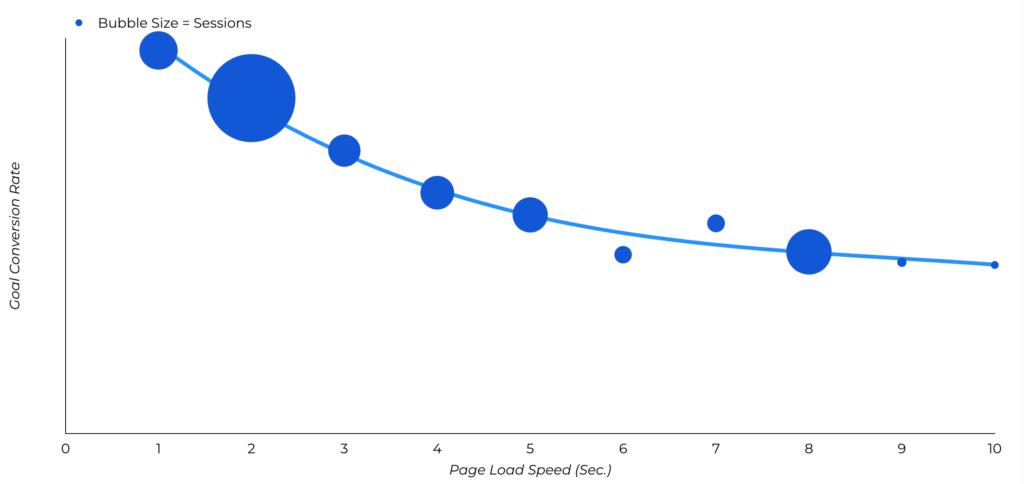Updated on April 20th, 2022, to include current data and insights.
It’s common knowledge that site speed impacts the user experience on your website. But how, exactly, and by how much? Does a slower website mean lost dollars?
Absolutely. Multiple studies, including Portent internal research, have concluded that site speed impacts conversion rate and sales.
We did some analysis based on e-commerce and conversion data from 20 websites and over 27,000 landing pages worth of data.
Research Method
We looked at just over 100 million page views across 20 B2B and B2C sites for conversion data. The critical statistics:
- We took a 30-day snapshot.
- Our page load speed sample size across all websites was gathered from 5.6M sessions over those 30 days.
- Six of the sites were B2C e-commerce. The other 14 were B2B lead generation.
- The sites ranged from major national travel brands to small, niche software-as-a-service companies.
What We Found for B2B Websites
These are our findings when comparing site speed versus conversion rates for lead generation websites:
- Generally, site speed improvement has been flat. 82% of the pages we measured loaded in 5 seconds or less. This was the same as when we ran the study in 2019, before the pandemic.
- The difference in conversion rate between blazing fast sites and modestly quick sites is astonishing. A site that loads in 1 second has a conversion rate 3x higher than a site that loads in 5 seconds.
- The difference in conversion rate between blazing fast sites and slow sites is even more pronounced. A site that loads in 1 second has a conversion rate 5x higher than a site that loads in 10 seconds.
What We Found for B2C E-Commerce Websites
These are our findings when comparing site speed versus e-commerce conversion rates for B2C websites:
- Site speed has improved slightly. 86% of the pages we measured loaded in 5 seconds or less. That was only true 81% of the time when we ran the study in 2019, before the pandemic.
- The difference in e-commerce conversion rate between blazing fast sites and modestly quick sites is sizable. A site that loads in 1 second has an e-commerce conversion rate 2.5x higher than a site that loads in 5 seconds.
- The difference in e-commerce conversion rate between blazing fast sites and slow sites is oddly not as high. A site that loads in 1 second has an e-commerce conversion rate 1.5x higher than a site that loads in 10 seconds. (This could be due to the smaller sample size of pages we had to work within the 10-second range this time around.)
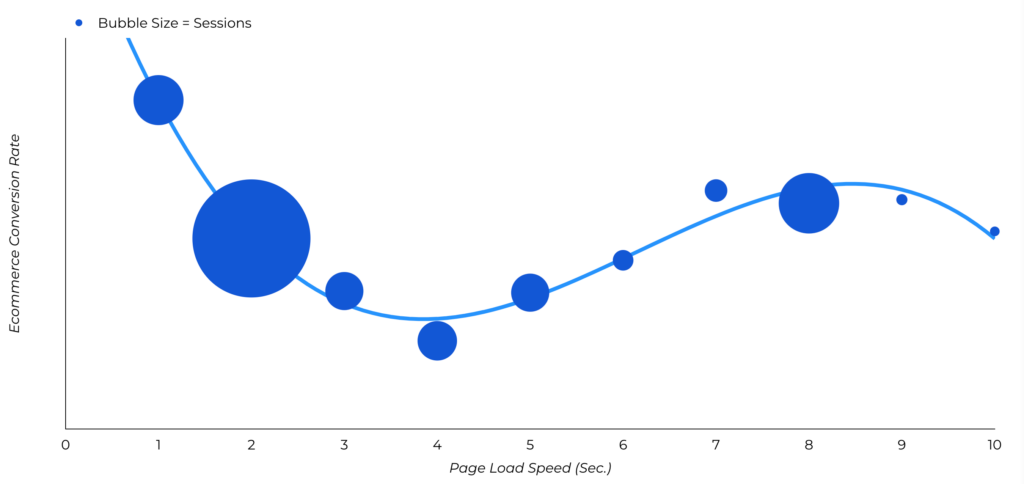
To Improve Goal Conversions on Your Website: Aim for a 1-4 Second Load Time
Goal conversions on websites are generally achieved at a higher rate than e-commerce conversions. A simple exchange of contact information has a much lower barrier to complete than e-commerce transactions.
However, while overall goal conversion rates are higher than transaction rates, the dropoff of conversions is much steeper as sites get slower. When pages load in 1 second, the average conversion rate is almost 40%. At a 2-second load time, the conversion rate already drops to 34%. At 3 seconds, the conversion rate begins to level off at 29% and reaches its lowest at a 6-second load time.
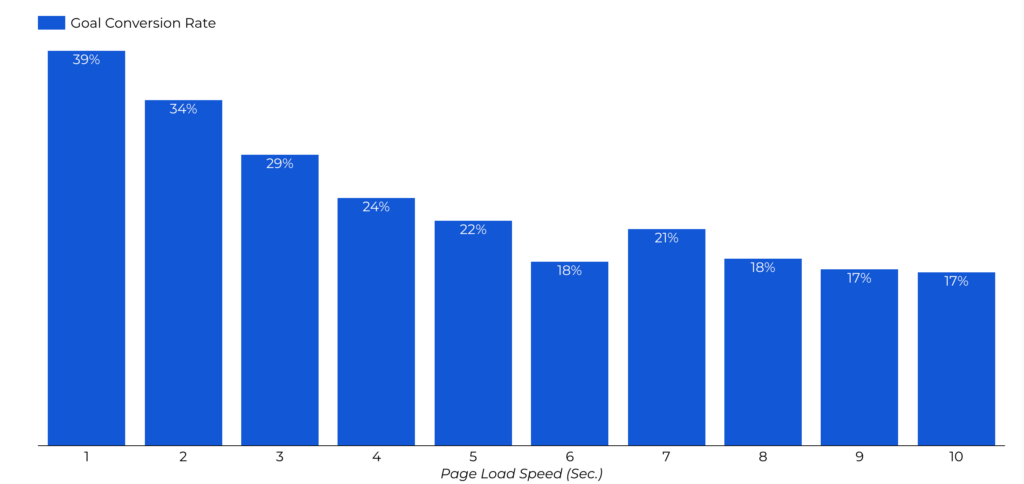
At anything above 5-second page load time, you’re talking about roughly half the conversion rate of a fast website.
To Improve Transaction Conversions: Aim for a 1-2 Second Load Time
1 to 2 seconds sounds astonishingly fast. But when website users are accustomed to fast load time across the web, slower sites are penalized when visitors abandon their cart in favor of a faster website to make a transaction.
The highest e-commerce conversion rates occur between 1 and 2 seconds, spanning an average of 3.05% e-commerce conversion rate at 1 second, down to a 0.67% e-commerce conversion rate at a 4-second load time. After that, conversion rates are all below 2%.
In fact, your e-commerce conversion rate decreases by an average of 0.3% for every additional second it takes for your website to load.
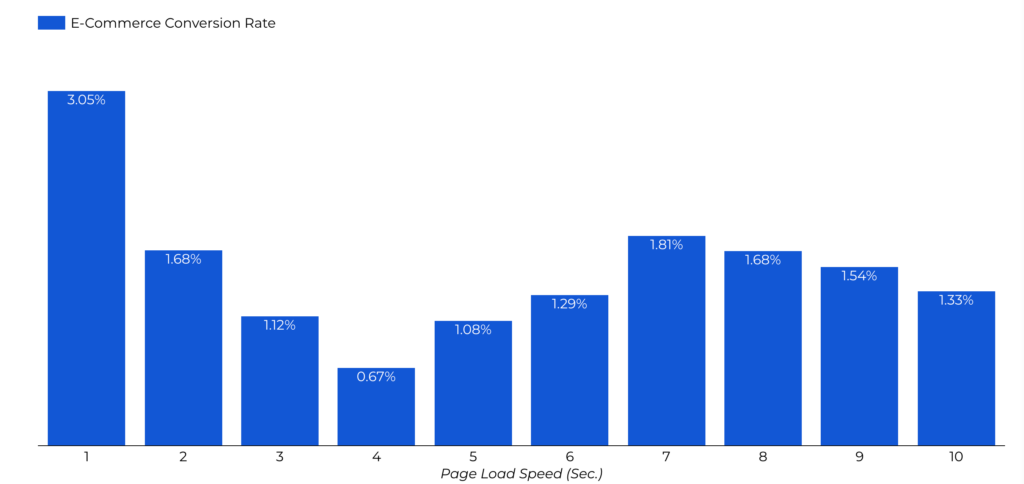
Quick math to further demonstrate this point:
If 1,000 people visit your website to buy a $50 product, this could illustrate the difference in your potential earnings:
- A 1 second page load time at a 3.05% conversion rate results in $1,525
- A 2 second page load time at a 1.68% conversion rate results in $840
- A 3 second page load time at a 1.12% conversion rate results in $560
- A 4 second page load time at a 2.93% conversion rate results in $335
In the span of ~4 seconds, potential sales have dropped by just over $1,190.
Multiply that across more visitors to the website looking at potentially higher-priced products and services, and that results in significant gaps in potential revenue.
Some Pages Matter More Than Others
Hardly news, but faster checkout, login, and home pages matter most. After that, load speed for product category pages has the most impact on sales. All of these pages have high consumer-intent traffic. Make them fast.
How Can I Improve My Site Speed? Factors to Consider
Page ‘weight’ (that’s the total kilobytes transferred, images and all) is no longer the biggest factor in site load time.
The reason? Many sites have streamlined their code by “minifying” their code and using GZIP compression. So the bigger factor, in many cases, is the server and page configuration.
If you want to speed up your site, look at the following elements.
JavaScript Timing
Where possible, put JavaScript src ‘.js’ includes at the very end of your page, defer them, or load them asynchronously. For example, if you use Google Analytics or jQuery, you’re including these scripts in your page from external files. These are ‘blocking’ calls, and your page may not appear to the user until these scripts fully load. If something goes wrong or the script just takes a few seconds, the perceived delay can kill conversion rates.
Use deferred execution if you need to fire the javascript after the entire page loads.
Use asynchronous execution if you don’t care when the script fires.
Resident Portent SEO expert Evan Hall also recommends configuring non-essential Google Tag Manager tags to fire on “DOM ready” or “Window Loaded” to improve page speed. If a GTM tag isn’t critical to rendering a page, see if you can fire it a little later.
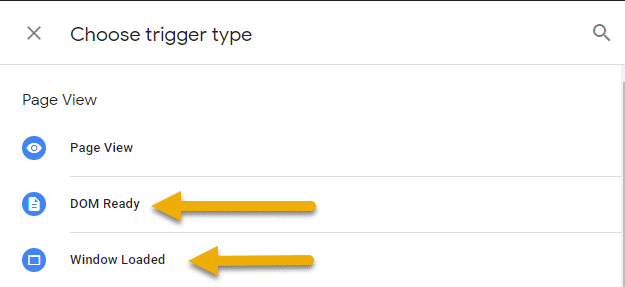
ETags and Expires Headers
Other page speed factors are ETags and expires headers. These may sound scary but expires headers, in particular, are easy to set. Your IT team or web host will know what to do.
These two settings help reduce the number of requests a browser makes to the server. They tell visiting web browsers which files to update. If set correctly, you can prevent those browsers from reloading files that rarely change, such as your logo. This is useful for websites with recurring visitors, who do not need to load the page from scratch every time.
Browsers will cache files with far-future expires headers and keep it cached, so the apparent load time is far shorter. And they’ll use ETags to more easily check if a file has changed.
Image Size
Page weight may not matter as much. But image size is still a major drag on load times. Please, compress images.
Run Google PageSpeed Insights on your site. There is a section in this report that provides feedback regarding proper sizing, lazy loading, encoding images, and recommended image format.
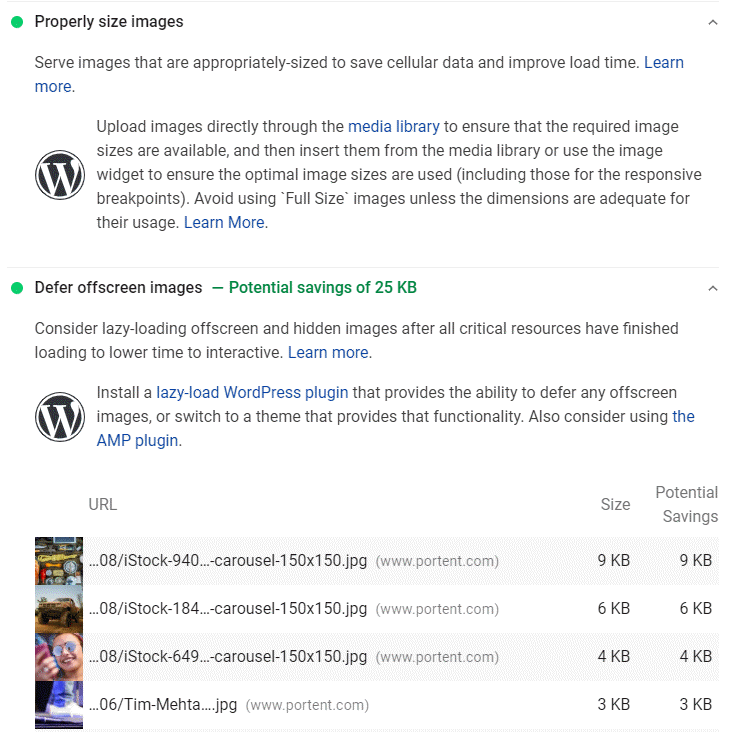
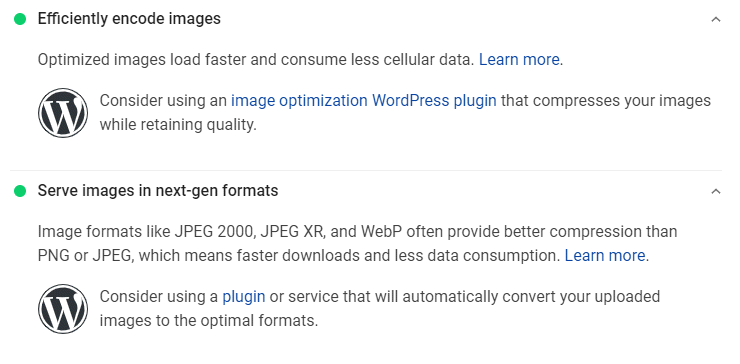
Then What?
After that, things get a little more complicated. But not much. Any competent web developer or IT professional can get you set up with GZIP compression, for example, or troubleshoot slow database load times.
Bonus: check out Portent’s Development Architect Andy Schaff’s two-tiered ranking system of page speed optimizations to help you prioritize changes to make to your site.
Easy Wins, Big Advantage
If you’re ready to tackle site speed, we’ve got you covered. Learn the ins and outs of a faster site in our Ultimate Guide to Site Speed.
Other web speed tools:
PageSpeed Insights
BigQuery
Chrome User Experience Report
Measure
Compared to other digital marketing challenges, page speed is easy to address. And it has measurable results. But very few companies do the simple things that make a site fast. The good news is that you can gain a big competitive advantage if you just do the basics.
The post Site Speed is (Still) Impacting Your Conversion Rate appeared first on Portent.

